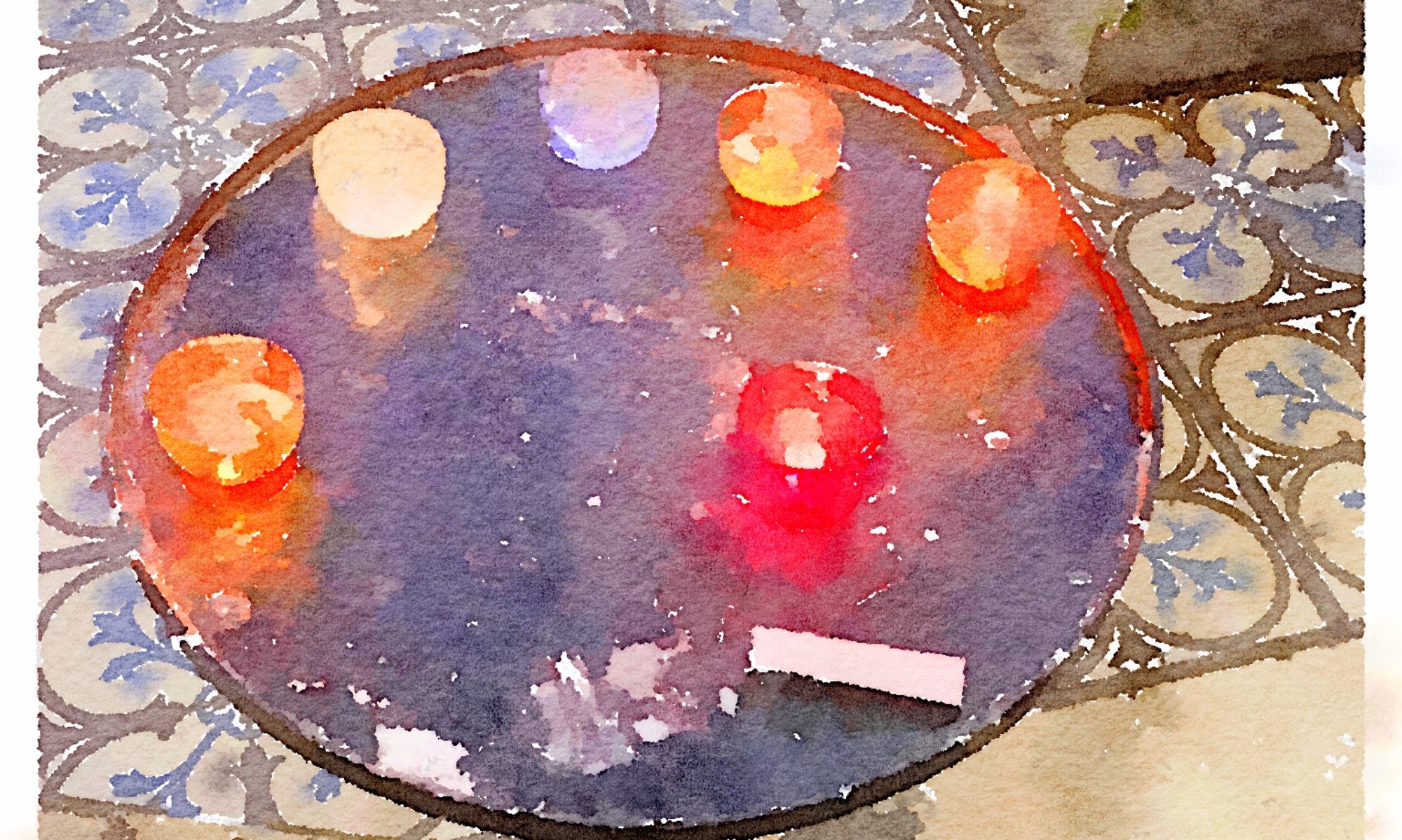@royfreeh152638
Profile
Registered: 1 year, 4 months ago
Exploring the Advantages of Polycarbonate in Modern Architecture
In the realm of modern architecture, the seek for progressive materials that mix functionality, aesthetics, and sustainability is ongoing. One such material that has gained significant traction in recent times is polycarbonate. Initially developed in the Nineteen Fifties, polycarbonate has evolved into a versatile material that gives a plethora of advantages for architects and designers. From enhancing natural light to providing durability and flexibility, polycarbonate has become a staple in modern architectural projects. Let's delve deeper into its advantages and how it's transforming the landscape of modern architecture.
Lightweight and Versatile Design:
Polycarbonate's lightweight nature permits architects to explore more daring and progressive designs without compromising structural integrity. Its flexibility enables architects to create curved shapes and intricate forms that have been once challenging to achieve with traditional building materials. This characteristic opens up a realm of possibilities for architects to create visually beautiful constructions that stand out in the city landscape.
Transparency and Light Transmission:
One of the crucial notable advantages of polycarbonate is its exceptional transparency and light transmission properties. Compared to glass, polycarbonate is lighter and more impact-resistant while still permitting ample natural light to permeate indoor spaces. This feature is particularly advantageous in architectural designs that prioritize energy efficiency and connection with the surrounding environment. By harnessing natural light, buildings can reduce their reliance on artificial lighting, leading to energy savings and a more sustainable built environment.
Durability and Climate Resistance:
Polycarbonate is renowned for its durability and ability to withstand harsh climate conditions, including excessive temperatures, UV radiation, and high winds. Unlike traditional building supplies resembling glass or acrylic, polycarbonate is highly impact-resistant, making it a really perfect alternative for areas prone to vandalism or unintended damage. Its resilience to weathering ensures that architectural structures maintain their aesthetic enchantment and structural integrity over time, minimizing upkeep prices and growing longevity.
Thermal Insulation and Energy Effectivity:
Past its aesthetic and structural benefits, polycarbonate additionally presents glorious thermal insulation properties. By effectively regulating heat transfer, polycarbonate helps maintain comfortable indoor temperatures 12 months-round, reducing the need for in depth heating or cooling systems. This inherent energy efficiency not only enhances occupant comfort but in addition contributes to sustainable building practices by lowering energy consumption and carbon emissions.
Versatility in Applications:
Polycarbonate's versatility extends to its wide range of applications in modern architecture. From skylights and facades to roofing systems and interior partitions, polycarbonate could be seamlessly integrated into varied architectural elements to achieve specific design objectives. Its ability to be molded, minimize, and formed to customized specs permits architects to explore progressive design solutions that meet the unique requirements of every project.
Sustainability and Recyclability:
As sustainability becomes a top priority within the construction industry, the use of environmentally friendly materials like polycarbonate is on the rise. Polycarbonate is inherently recyclable, meaning it could be repurposed at the end of its life cycle, reducing waste and minimizing environmental impact. Additionally, its energy-efficient properties contribute to green building certifications akin to LEED (Leadership in Energy and Environmental Design), further incentivizing its adoption in sustainable architectural projects.
In conclusion, the advantages of polycarbonate in modern architecture are huge and various, ranging from its lightweight and versatile design capabilities to its transparency, durability, and energy efficiency. As architects continue to push the boundaries of design innovation, polycarbonate will undoubtedly stay a go-to material for creating iconic structures that redefine the city landscape while prioritizing sustainability and functionality. Its versatility, coupled with its inherent aesthetic enchantment and environmental benefits, positions polycarbonate as a cornerstone of contemporary architectural observe, shaping the buildings of tomorrow.
If you beloved this short article and you would like to acquire far more details regarding Policarbonato kindly take a look at the site.
Website: https://villaescusacompoplast.com/
Forums
Topics Started: 0
Replies Created: 0
Forum Role: Participant
